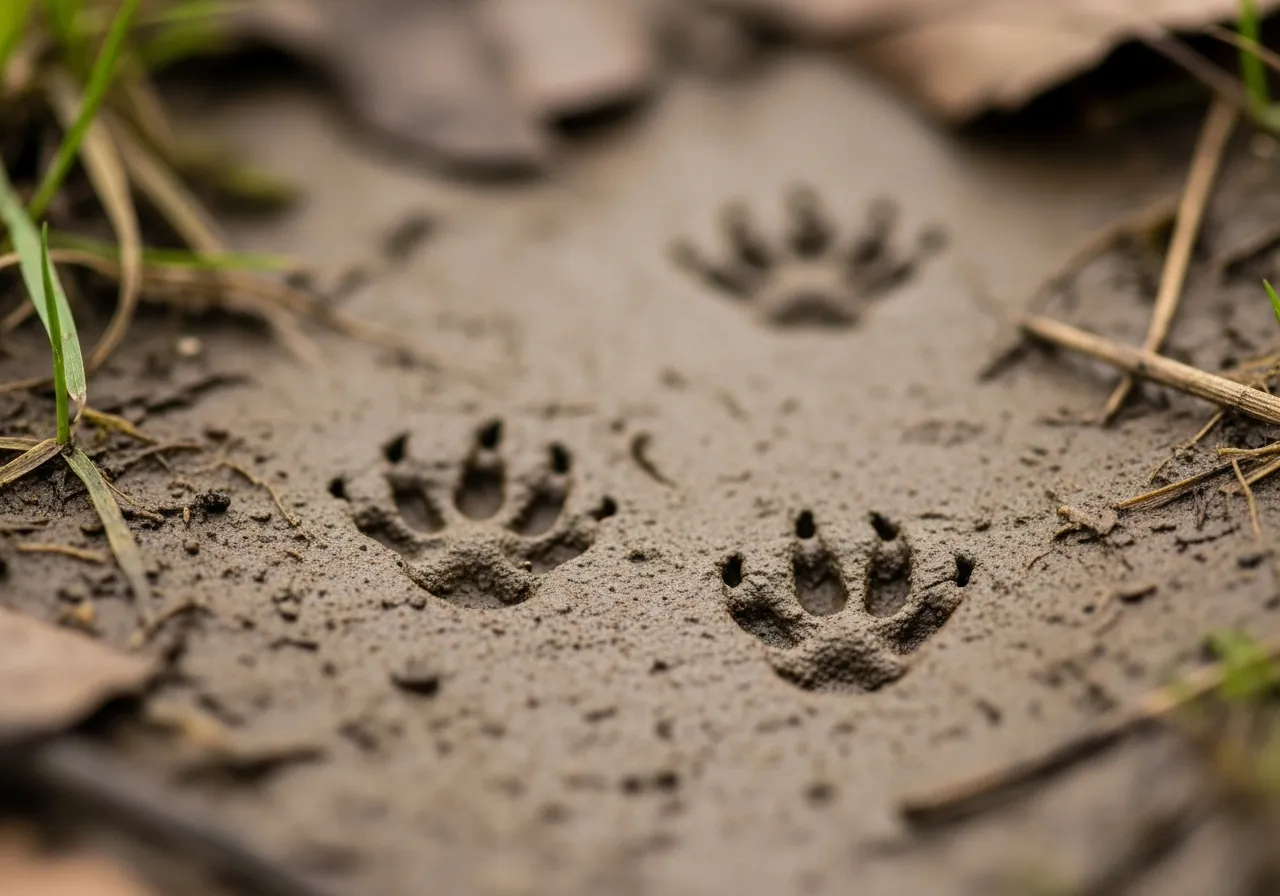
Frequently Asked Questions About Mammal Watching
As you begin your journey into mammal identification, some common questions often arise. Here are answers to a few of them.
What should I do if I find a baby animal?
In most cases, the best thing to do is nothing. A young animal found alone is rarely abandoned. The mother is usually nearby, waiting for you to leave so she can return. For example, a fawn is often left alone for hours while the doe forages. Its spots provide camouflage, and it has very little scent, making it safe from predators. Watching from a great distance is the only appropriate action. If the animal is in immediate danger (like on a busy road) or is clearly injured, contact your state wildlife agency or a licensed local wildlife rehabilitator. Never try to “rescue” or care for a wild animal yourself.
Is it ever okay to feed wild mammals?
No. As mentioned earlier, feeding wildlife is dangerous for both the animal and for people. It disrupts their natural diet, causes them to lose their fear of humans, and can lead to property damage or aggressive encounters. The single most important way to be a good neighbor to wildlife is to let them find their own food and remain wild.
How can I make my yard more wildlife-friendly?
Creating a welcoming habitat is a wonderful way to support local mammals without the dangers of feeding. Consider planting native trees, shrubs, and flowers that provide natural food sources and shelter. A small water feature, like a shallow birdbath on the ground, can be a vital resource. A brush pile in a corner of your yard can offer cover for small mammals like rabbits and chipmunks. Avoiding the use of pesticides and herbicides helps protect the entire food web.















